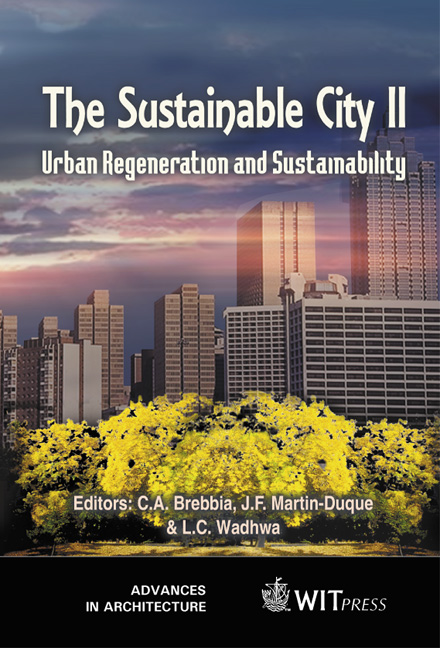The Eco-costs/value-ratio
Price
Free (open access)
Transaction
Volume
54
Pages
Published
2002
Size
508 kb
Paper DOI
10.2495/URS020531
Copyright
WIT Press
Author(s)
Ch F Hendriks & J Vogtländer
Abstract
The basic idea of the EVR (Eco-costs/Value Ratio) model is to link the ‘value chain’ (Porter, 1985) to the ecological ‘product chain’. In the value chain, the added value (in terms of money) and the added costs are determined for each step of the product ‘from cradle to grave’. Similarly, the ecological impact of each step in the product chain is expressed in terms of money, the so-called eco-costs. The eco-costs are ‘virtual’ costs: these costs are related to measures which have to be taken to make (and recycle) a product ‘in line with earth b estimated carrying capacity’. These costs have been estimated on the basis of technical measures to prevent pollution and resource depletion to a level which is sufficient to make our society sustainable. The ratio of eco-cost and value, the so-called Eco- costs/Value Ratio, EVR, is defined .in each step in the chain as: EVR=eco-costs/value The five components of the eco-costs have been defined as 3 ‘direct’ components plus 2 ‘indirect’ components: virtual pollution prevention costs, being the costs required to reduce the emissions of the production processes to a sustainable level (Vogtlander et al., 2000) eco-costs of energy, being the price for renewable energy sources materials depletion costs, being (costs of raw materials) * (1-a), where a is the recycled fraction eco-costs of depreciation, being the eco-costs related to the use of equipment, buildings, etc. eco-costs of labour, being the eco-costs related to labour, such as commuting and the use of the office (building, heating, lighting. electricity for computers, paper, office products, etc.).
Keywords





